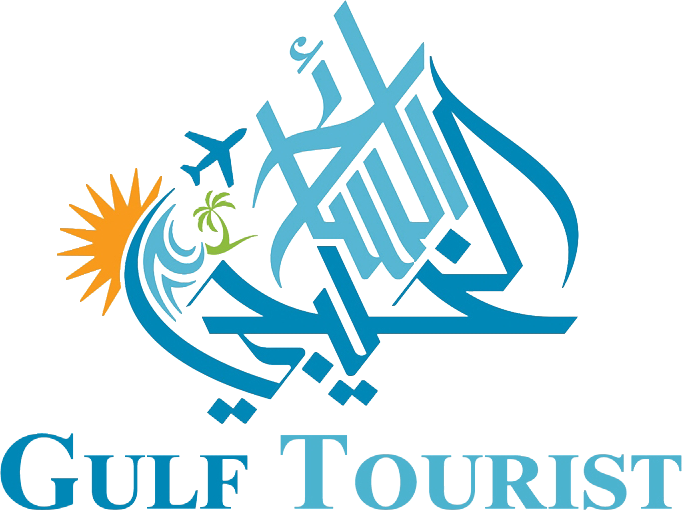Medical tourism, the practice of traveling to another country to receive medical treatment, has gained popularity in recent years as an increasing number of people seek affordable and high-quality healthcare options beyond their home countries. To tap into this growing market, many countries are striving to become sustainable medical tourism destinations. In this article, we will explore key elements that are crucial for building a sustainable medical tourism destination, including government support, public-private partnerships, tourism planning, human resources training, accreditation and certification, and marketing and promotion.
Government Support
One of the fundamental factors in building a sustainable medical tourism destination is government support. The government plays a vital role in creating a conducive environment for medical tourism to thrive. This includes developing policies, regulations, and incentives that attract foreign patients and healthcare providers, as well as supporting the development of necessary infrastructure, such as healthcare facilities, transportation, and accommodation.
Governments can also establish dedicated agencies or departments to oversee and promote medical tourism, with a focus on regulatory oversight, quality assurance, and marketing. These agencies can work closely with other stakeholders, such as healthcare providers, tourism agencies, and private sector organizations, to ensure a coordinated and strategic approach towards building a sustainable medical tourism destination.
The Dubai Healthcare City is a great example of how governmental involvement and investment builds a medical tourism industry. Launched and developed by the UAE government in 2002, the Dubai Healthcare City has grown into a one-stop shop for world-class healthcare solutions, attracting investments and partnerships from around the world. The City is home to more than 120 healthcare facilities, including hospitals, research centers, and clinics.
Public-Private Partnerships
Public-private partnerships (PPPs) are crucial in the development of a sustainable medical tourism destination. Collaborations between the government, private sector organizations, and other stakeholders can leverage their respective strengths and resources to create a supportive ecosystem for medical tourism.
PPPs can involve joint investments in infrastructure development, marketing and promotion efforts, and policy formulation. For example, the government can provide tax incentives or financial support to private healthcare providers to upgrade their facilities or obtain international accreditation. In return, private sector organizations can commit to meeting quality standards and offering competitive pricing for medical services to attract foreign patients.
In 2019, Etihad, the national airline of the UAE, partnered with the Cleveland Clinic Abu Dhabi to promote Abu Dhabi as a foremost medical travel destination. As part of the agreement, Etihad would offer medical travel packages to key markets around the world, delivering a all-in-one package for flight bookings, accommodation, and medical treatments at Cleveland Clinic Abu Dhabi.
Tourism Planning
Comprehensive tourism planning is essential for building a sustainable medical tourism destination. This includes identifying target markets, understanding their needs and preferences, and developing tailored marketing strategies to attract and retain foreign patients. Market research and analysis can help in identifying potential source countries for medical tourists, as well as understanding the key drivers of their decision-making process.
In addition, tourism planning should take into consideration factors such as accessibility, safety, and sustainability. Developing a well-connected transportation system, ensuring safety and security for patients and their families, and adopting sustainable practices in healthcare facilities and tourism activities can enhance the attractiveness and competitiveness of a medical tourism destination.
A prime example of a destination heavily investing in tourism planning is South Korea, with its recent partnership with the Medical Tourism Association (MTA) to navigate the industry and attract more international patients into the country. The partnership leverages training, resources, and partnerships provided by the MTA to improve its offerings and adopt global best practices as it expands its market.
Human Resources Training
Human resources training is a critical element in building a sustainable medical tourism destination. Healthcare providers and staff need to be trained to international standards to deliver high-quality healthcare services to foreign patients. This includes not only clinical skills, but also communication skills, cultural competency, and customer service.
Training programs can be developed in collaboration with international partners or through accreditation bodies. They can also be tailored to specific target markets to address cultural nuances and language barriers. Continuous professional development and training can help ensure that healthcare providers and staff stay updated with the latest advancements in medical technology and practices and maintain high standards of patient care.
Training is essential now more than ever as the medical travel paradigm continues to shift. Health payers and patients are now more intentional about their healthcare and want value for their money across all touchpoints of the care journey. Therefore, medical travel facilitators and medical tourism programs must hone their skills in helping patients navigate the care process, including travel arrangements, transportation and accommodation, and post-discharge care.
Accreditation and Certification
Accreditation and certification are key components of building trust and confidence among foreign patients. International accreditation or certification from recognized bodies can provide assurance that healthcare facilities and services meet certain quality standards. This can help attract foreign patients who are seeking reliable and safe healthcare options abroad.
Governments and private sector organizations can work together to establish accreditation and certification processes for medical tourism destinations. This can include developing standards for healthcare facilities, training and certification programs for healthcare providers and staff, and monitoring and enforcement mechanisms to ensure compliance with established standards. Accreditation and certification also demonstrate to the millions of medical tourists and health payers around the world that a program is committed to world-class care, patient safety, and global best practices.
The Global Healthcare Accreditation (GHA), a global authority in medical travel accreditation, offers medical tourism programs and facilitators access to key industry resources and training tools to upskill and improve their offerings through globally recognized accreditations and certifications. GHA’s Accreditation for Medical Travel, the Medical Travel Facilitator Certification, WellHotel Accreditation for Medical Travel and Well-being and the Certified Medical Travel Professional program evaluates medical travel programs, corporate organizations, and individuals on global standards in the medical travel industry and provide thorough training in achieving core competencies needed to boost the patient experience.
Building a sustainable medical tourism destination with GHA
Global Healthcare Accreditation is a leading accrediting body with a specialized focus in medical and wellness travel. GHA has developed standards and best practices that mitigate risks to patients, enhance patient experience and improve business performance. GHA also provides the requisite training and resources to achieve global standards and core competencies to deliver healthcare safely and with excellence.
GHA also offers medical tourism stakeholders and healthcare providers access to strategic partnerships that would expand their offerings and increase their reputation in the industry. With access to global healthcare leaders and big players in medical tourism through GHA, destinations, healthcare providers and medical tourism programs are equipped with the right tools and resources to build more sustainable medical tourism programs.

